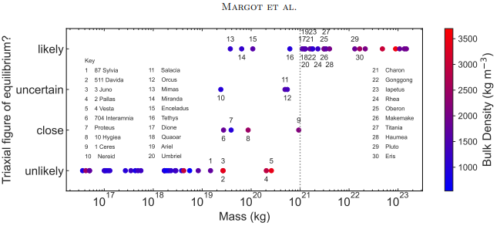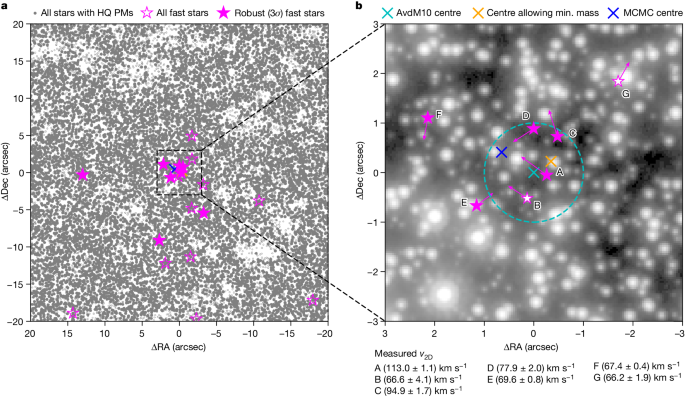2024-07-11 チャルマース工科大学
<関連情報>
- https://news.cision.com/chalmers/r/hydrogen-flight-looks-ready-for-take-off-with-new-advances,c4011533
- https://www.sciencedirect.com/science/article/pii/S0360319924008243?via%3Dihub
- https://www.sciencedirect.com/science/article/pii/S1359431124002060?via%3Dihub
北欧市場向け水素燃料電池航空機 Hydrogen fuel cell aircraft for the Nordic market
Christian Svensson, Amir A.M. Oliveira, Tomas Grönstedt
International Journal of Hydrogen Energy Available online: 4 March 2024
DOI:https://doi.org/10.1016/j.ijhydene.2024.02.382
Highlights
- A 50 PAX hydrogen aircraft is designed to meet year 2045 Nordic air travel demand.
- An optimal tank design is found by trading insulation against ventilation pressure.
- Higher than optimal ventilation pressure excels in return-without-refuel mission.
- Tank gravimetric index has little effect on short-range fuel cell aircraft’s H2 use.
- Boil-off ventilation is the main driving factor in design mission H2 consumption.
Abstract
A model for a fuel cell propelled 50 PAX hydrogen aircraft is developed. In terms of year 2045 Nordic air travel demand this aircraft is expected to cover 97% of travel distances and 58% of daily passenger volume. Using an ATR 42 as a baseline, cryogenic tanks and fuel cell stacks are sized and propulsion system masses updated. Fuselage and wing resizing are required, which increases mass and wetted area. Sizing methods for the multi-stack fuel cell and the cryogenic tanks are implemented. The dynamic aircraft model is updated with models for hydrogen consumption and tank pressure control. For the Multi-layer insulation (MLI) tank a trade study is performed. A ventilation pressure of 1.76 bar and 15 MLI layers are found to be optimal for the design mission. A return-without-refuel mission is explored, where for a 10-hour ground hold 38.4% of the design range is retained out of the theoretically achievable 50%.
Graphical abstract

水素を燃料とする航空エンジンのインタークーラーとリキュペーションのためのコンパクトな熱交換器 Compact heat exchangers for hydrogen-fueled aero engine intercooling and recuperation
Alexandre Capitao Patrao, Isak Jonsson, Carlos Xisto, Anders Lundbladh, Tomas Grönstedt
Applied Thermal Engineering Available online: 28 January 2024
DOI:https://doi.org/10.1016/j.applthermaleng.2024.122538

Highlights
- Analysis of a new type of compact heat exchanger (HEX) for hydrogen aero engines.
- Conceptual design and aerodynamic optimization is carried out.
- Design of intercooled and intercooled-recuperated engines with new HEX design.
- System level calculations show SFC reductions of up to 7.7%.
- NOx-emissions are reduced by 37% during take-off conditions.
Abstract
This study investigates the application of compact heat exchangers for the purpose of intercooling and recuperation systems for short-to-medium range aircraft equipped with hydrogen-fueled turbofan engines. The primary objective is to assess the potential effects of engine-integrated compact heat exchangers on fuel consumption and emissions. The paper encompasses the conceptual design of integrated heat exchangers and associated ducts, followed by aerodynamic optimization studies to identify suitable designs that minimize air-side pressure losses and ensure flow uniformity at the inlet of the high-pressure compressor. Pressure drop correlations are then established for selected duct designs and incorporated into a system-level performance model, allowing for a comparison of their impact on specific fuel consumption, NOx emissions, and fuel burn against an uncooled baseline engine. The intercooled-recuperated engine resulted in the most significant improvement in take-off specific fuel consumption, with a reduction of up to 7.7% compared to the baseline uncooled engine, whereas the best intercooled engine resulted in an improvement of about 4%. Furthermore, the best configuration demonstrated a decrease in NOx emissions by up to 37% at take-off and a reduction in mission fuel burn by 5.5%. These enhancements were attributed to reduced compression work, pre-heating of the hydrogen fuel, and lower high-pressure compressor outlet temperatures.



